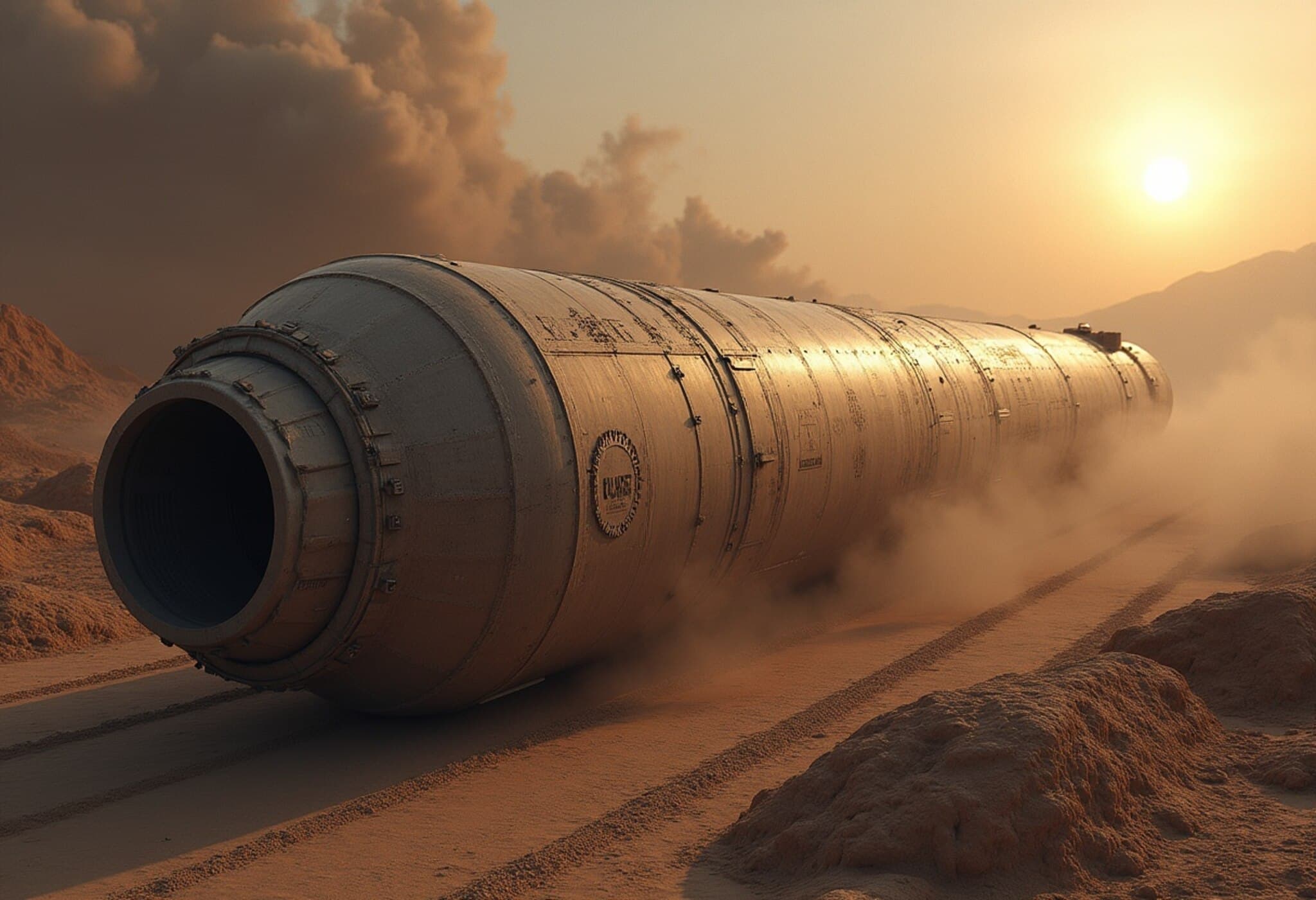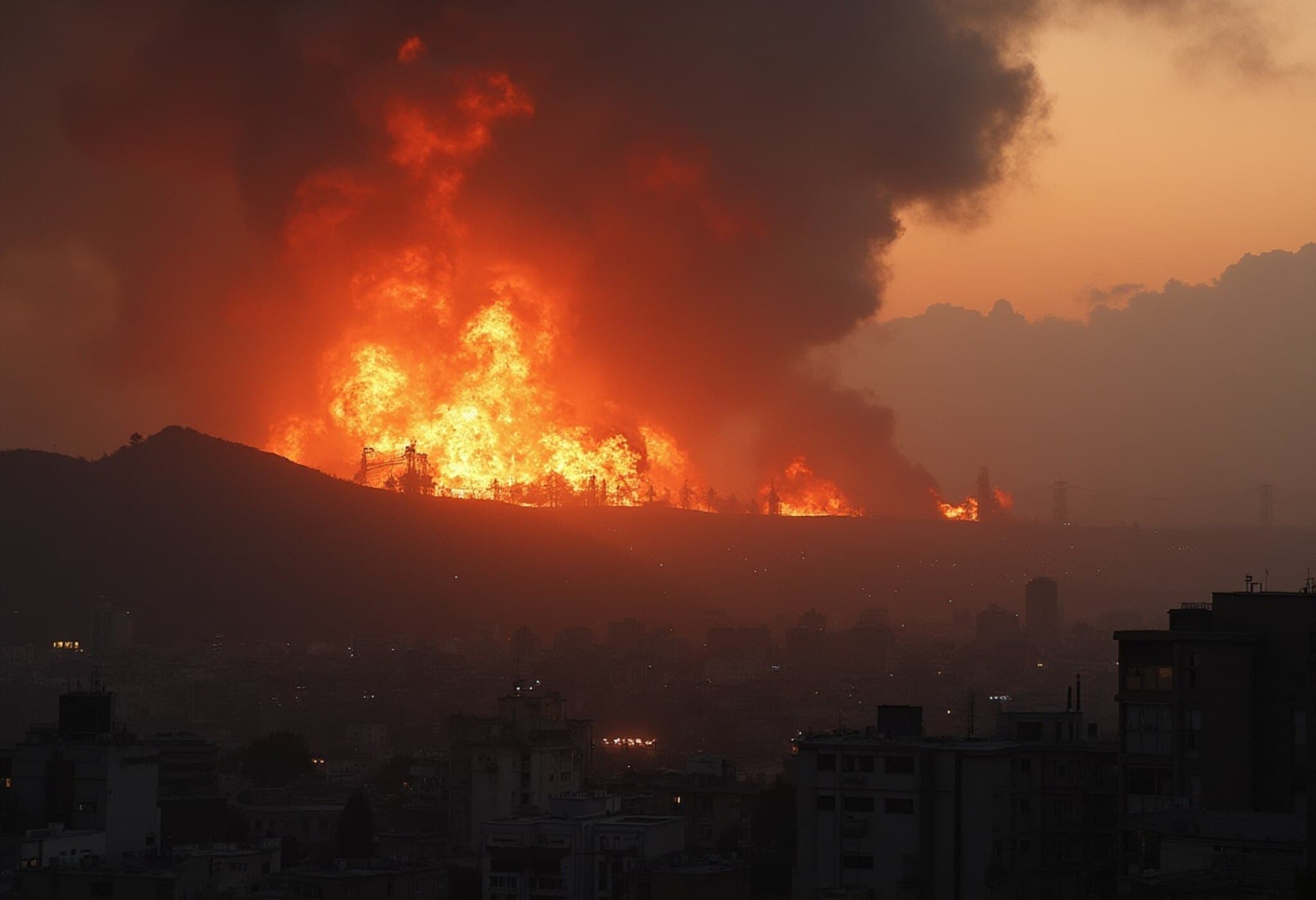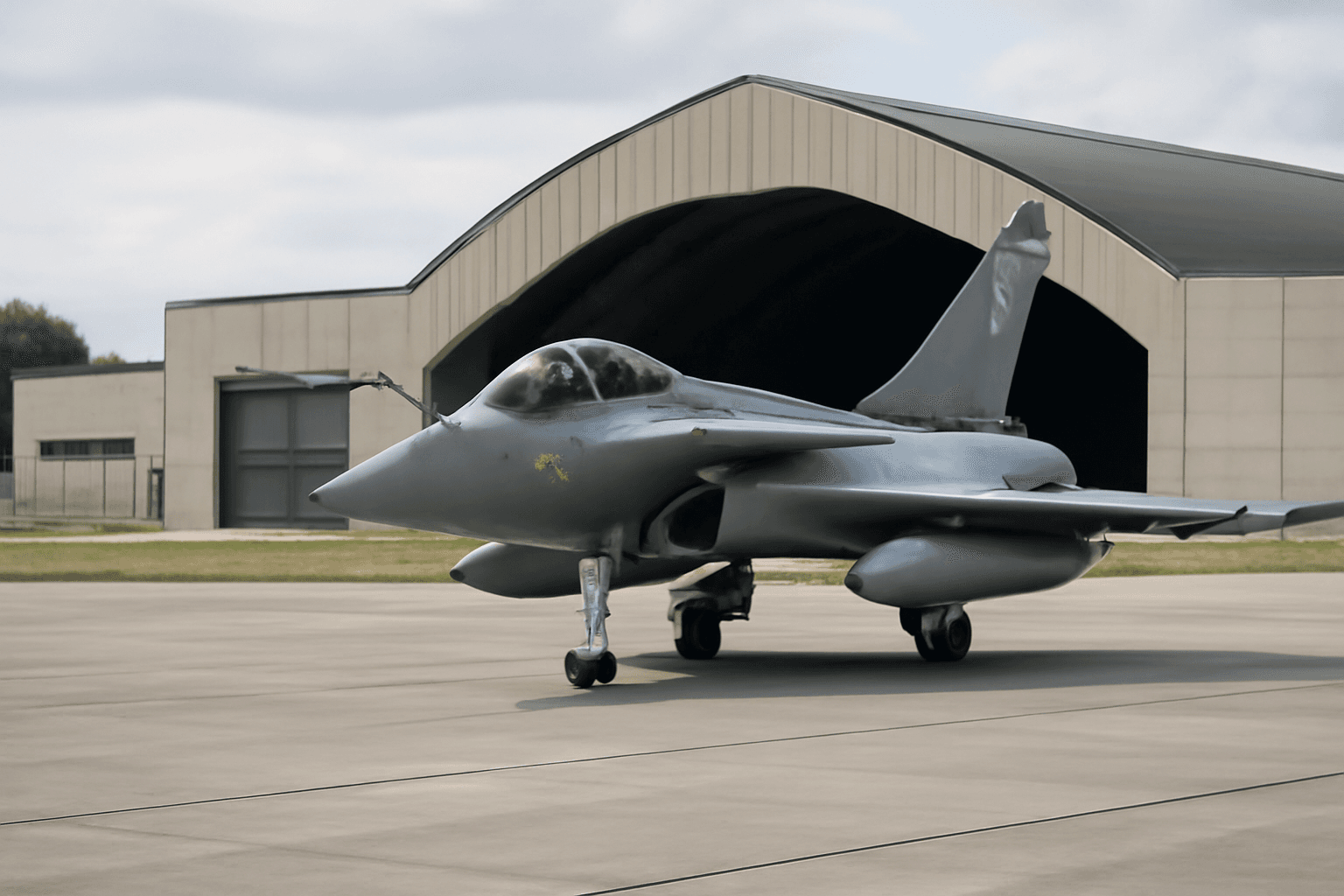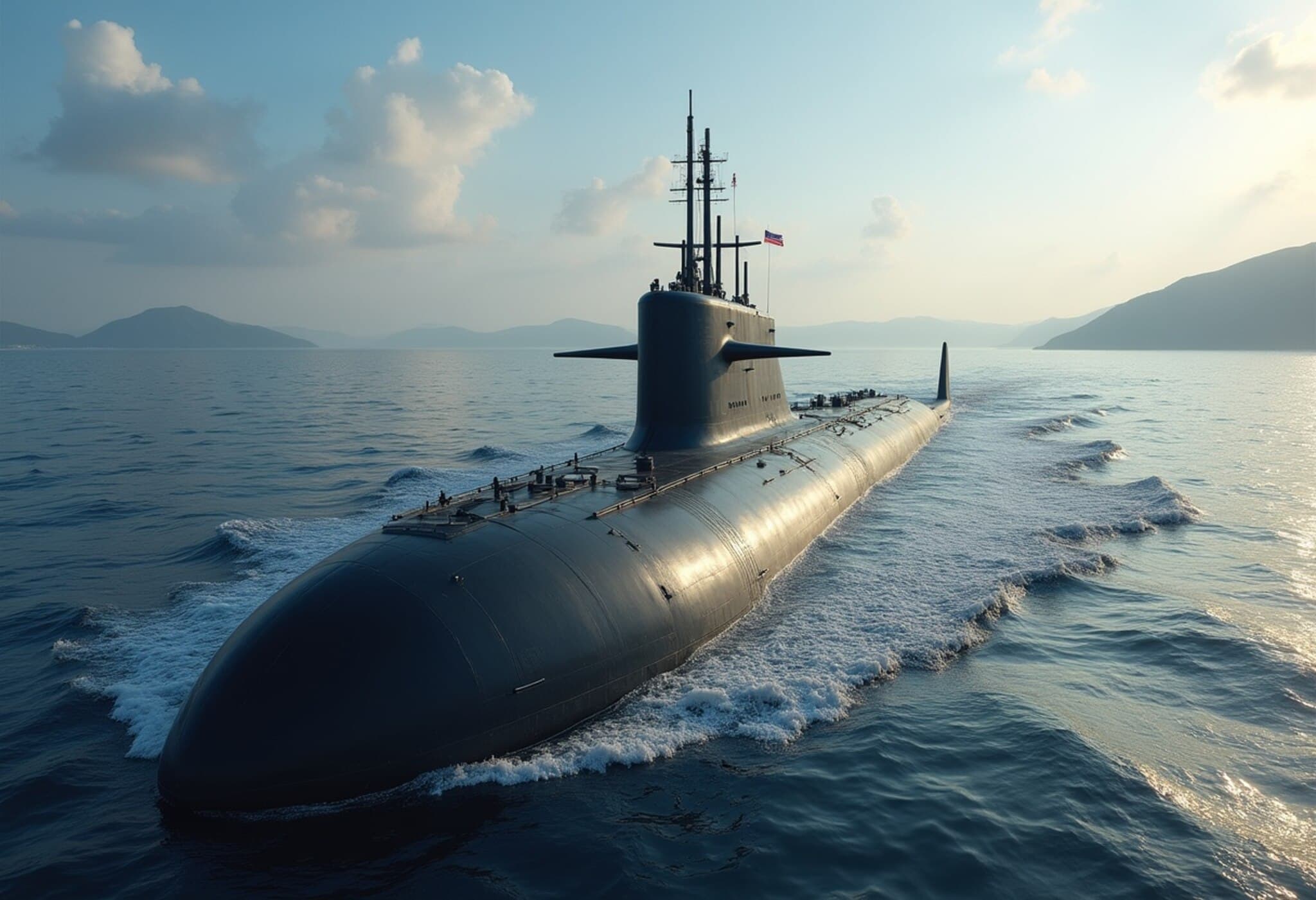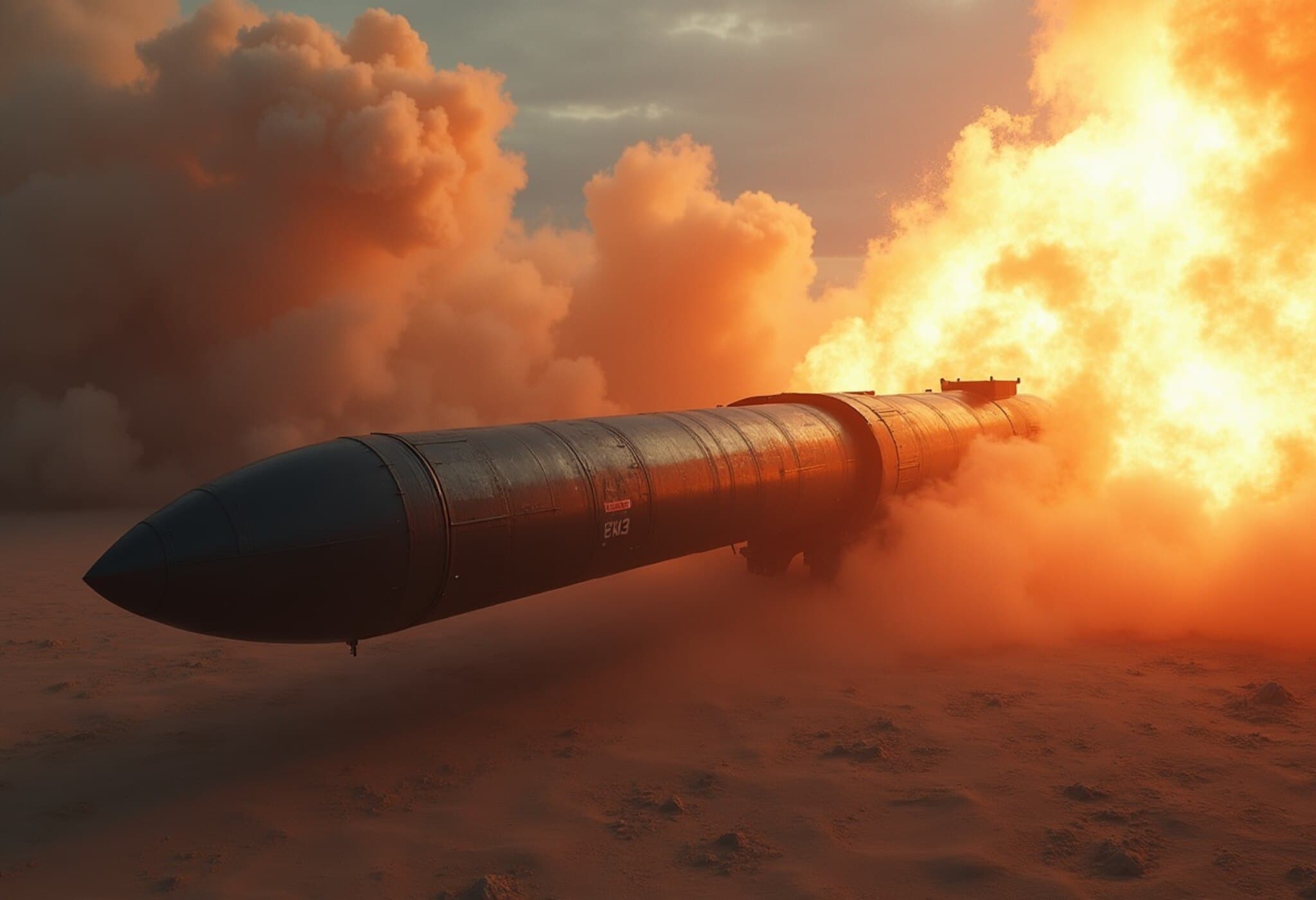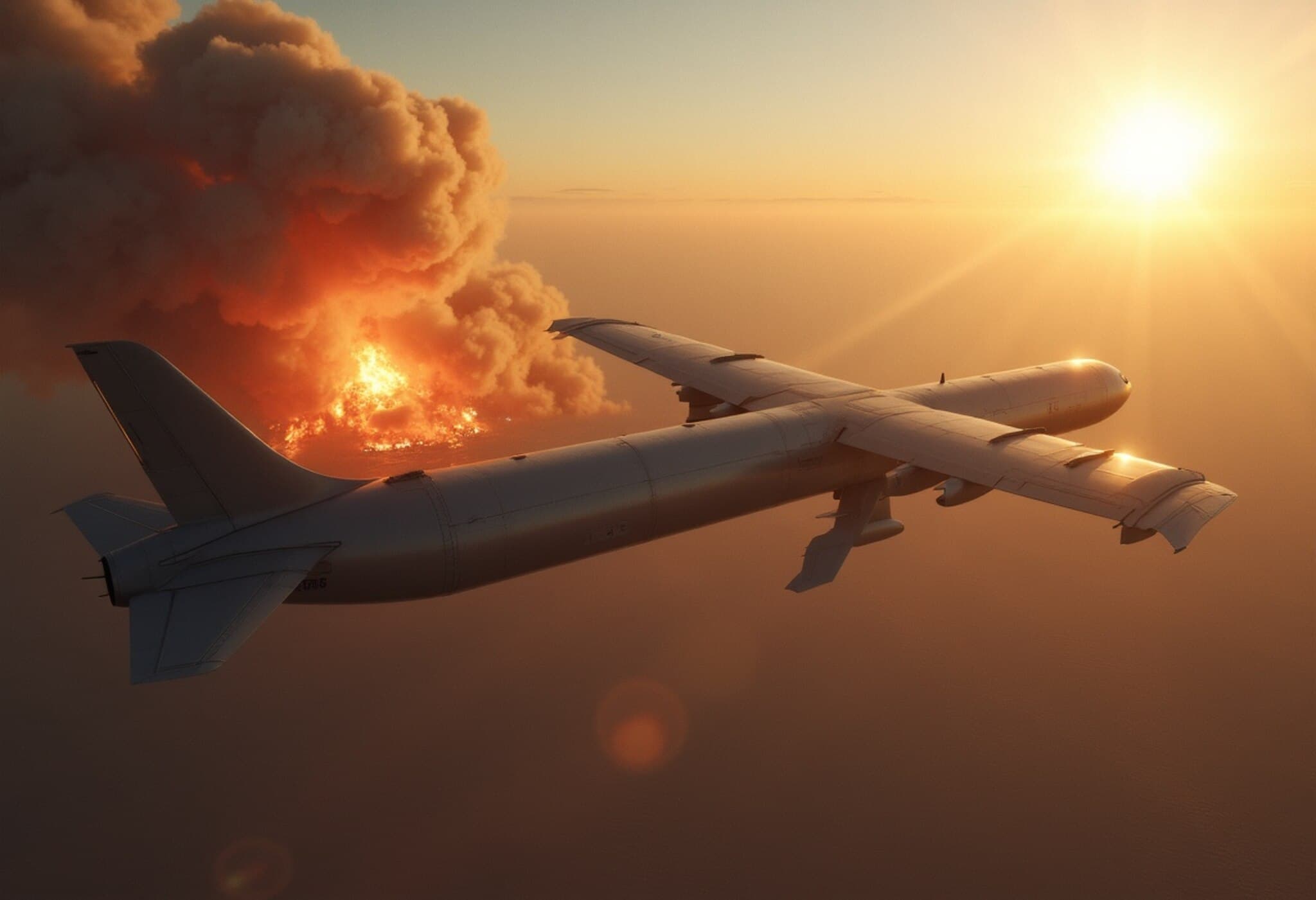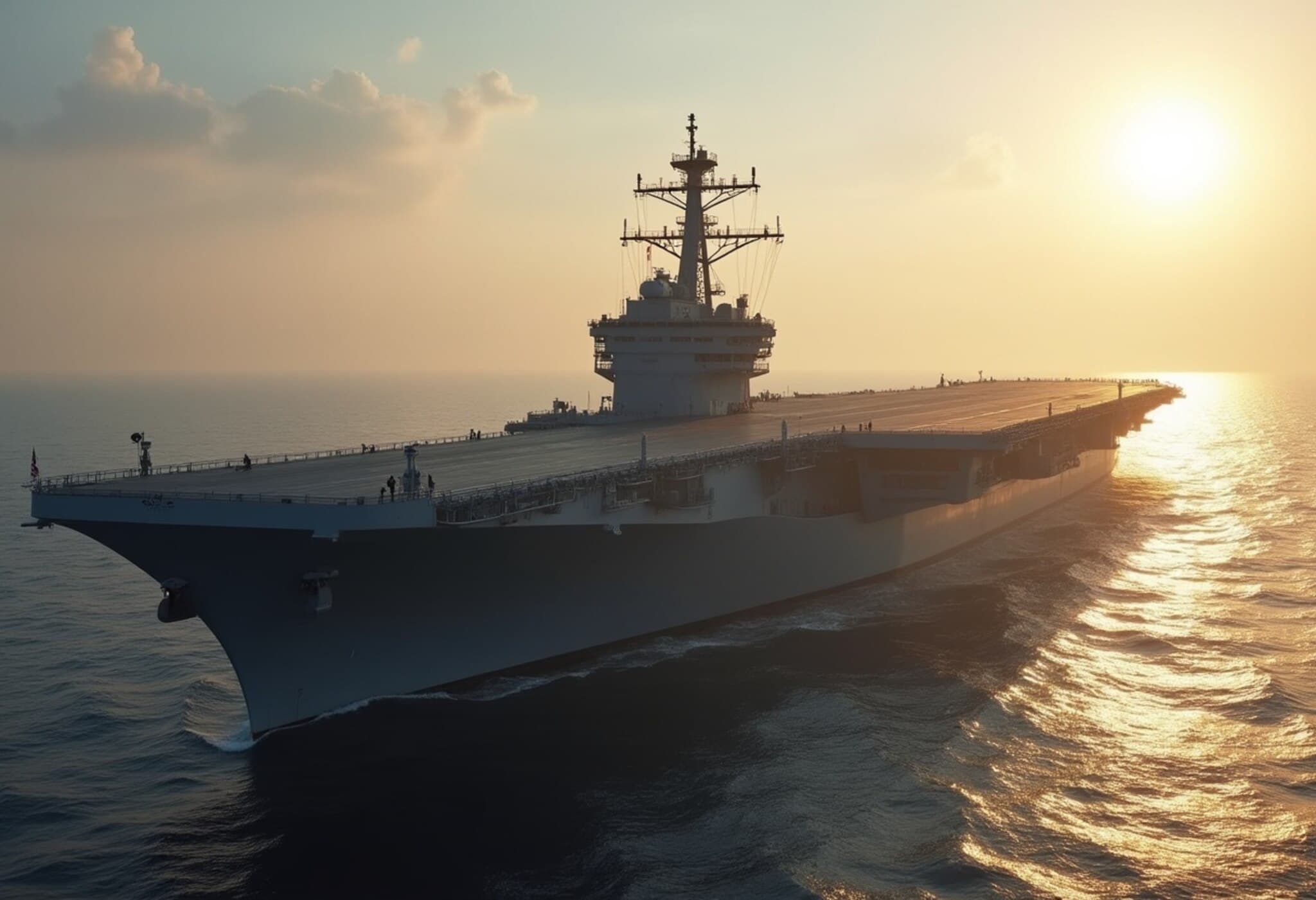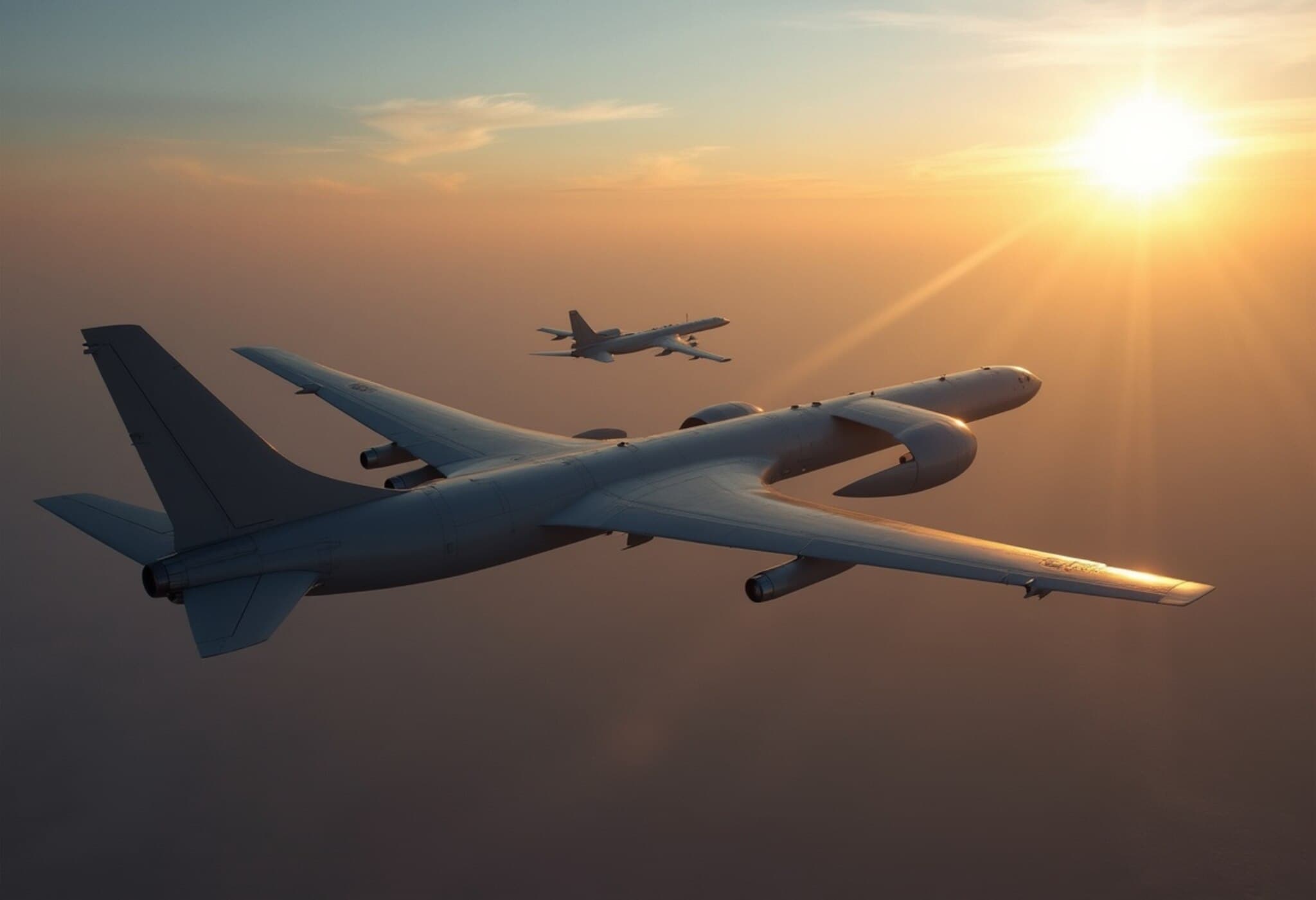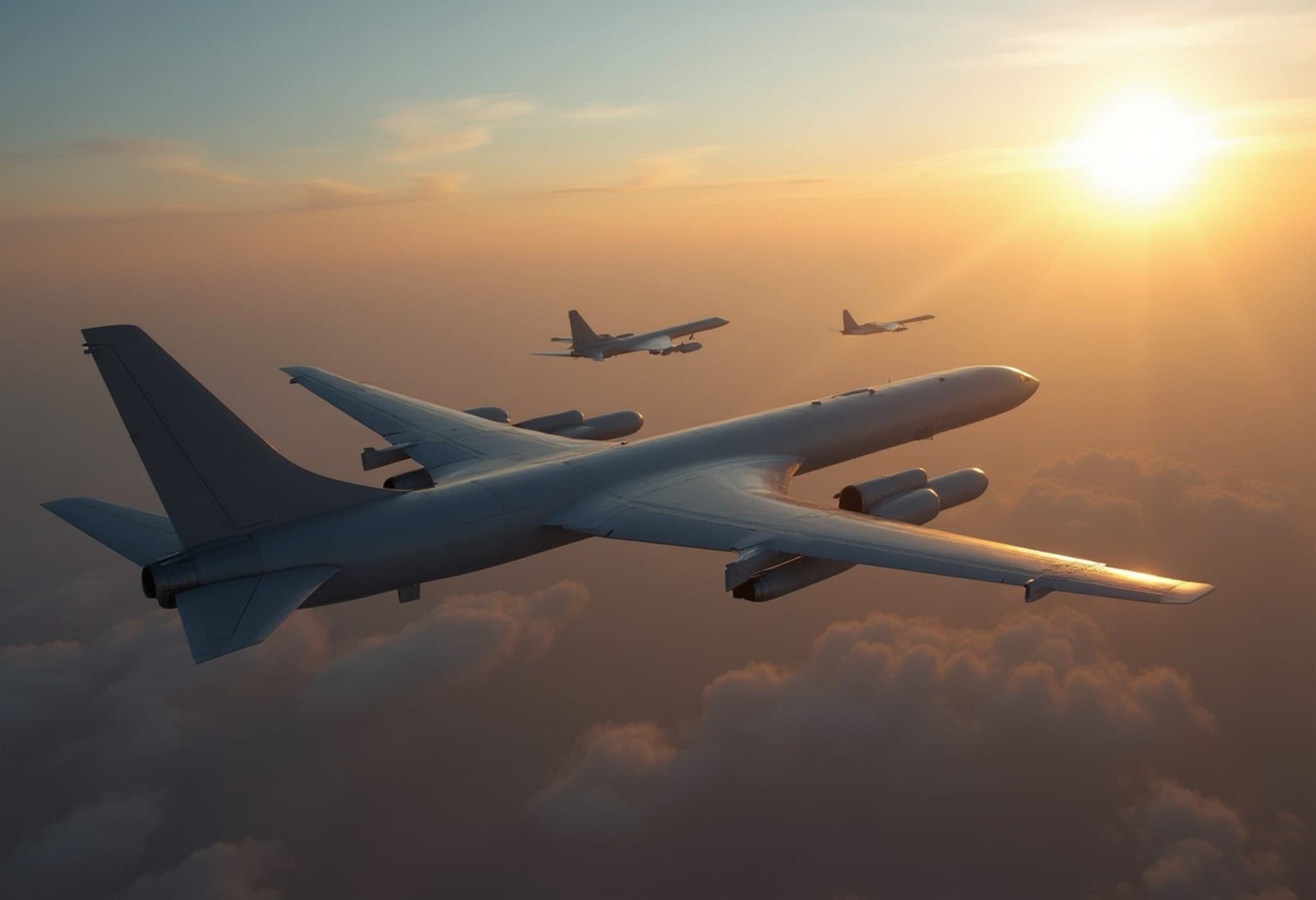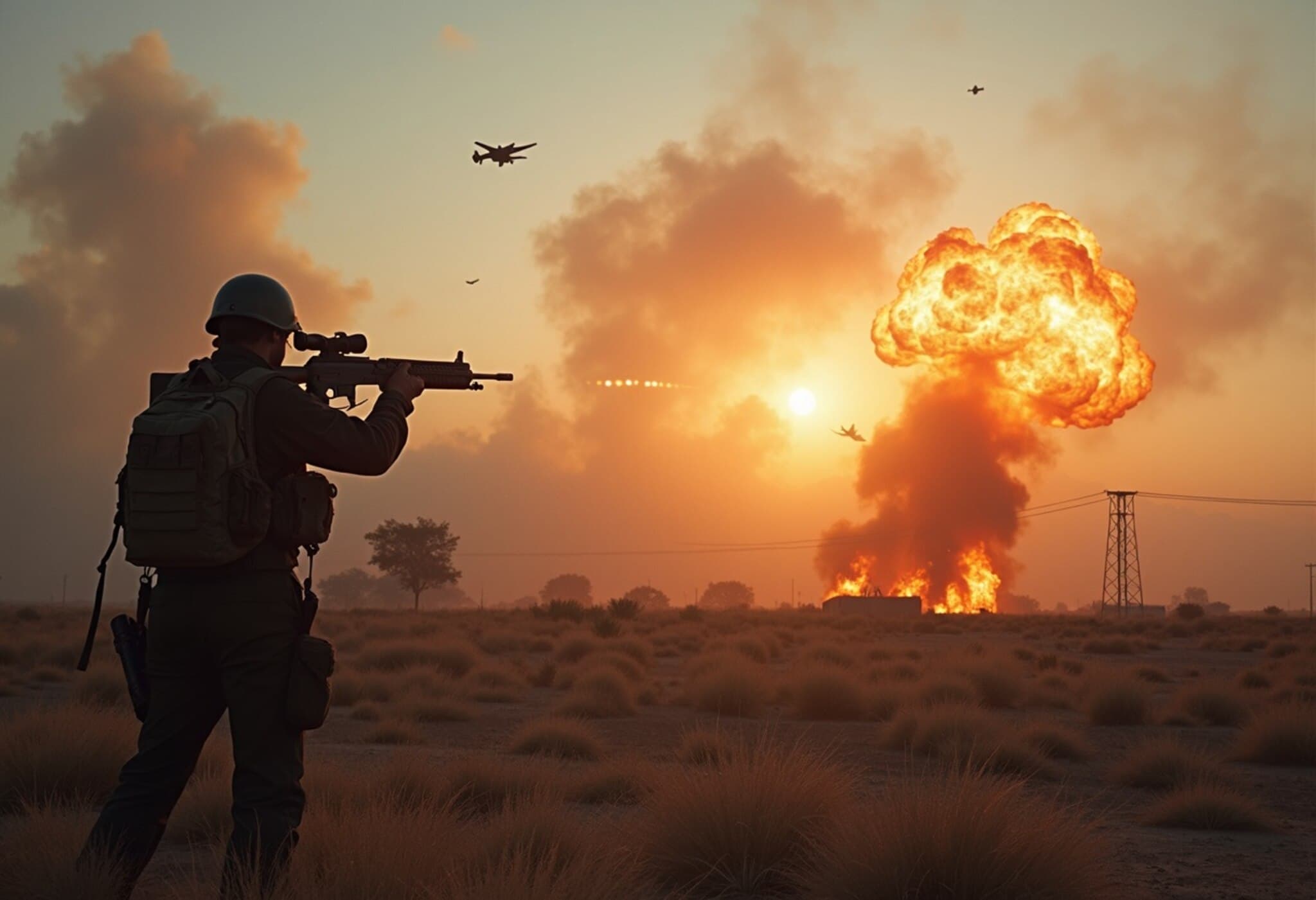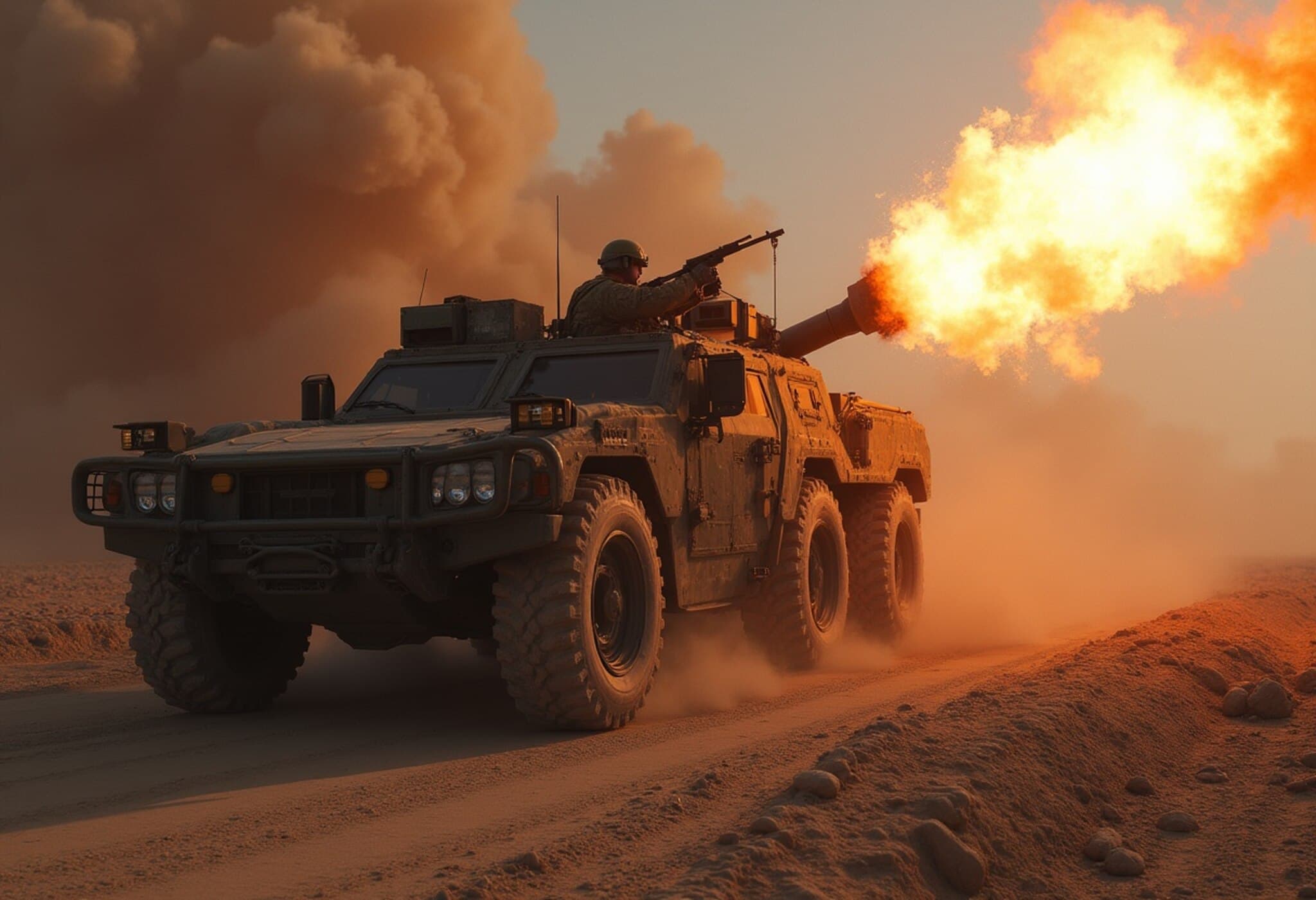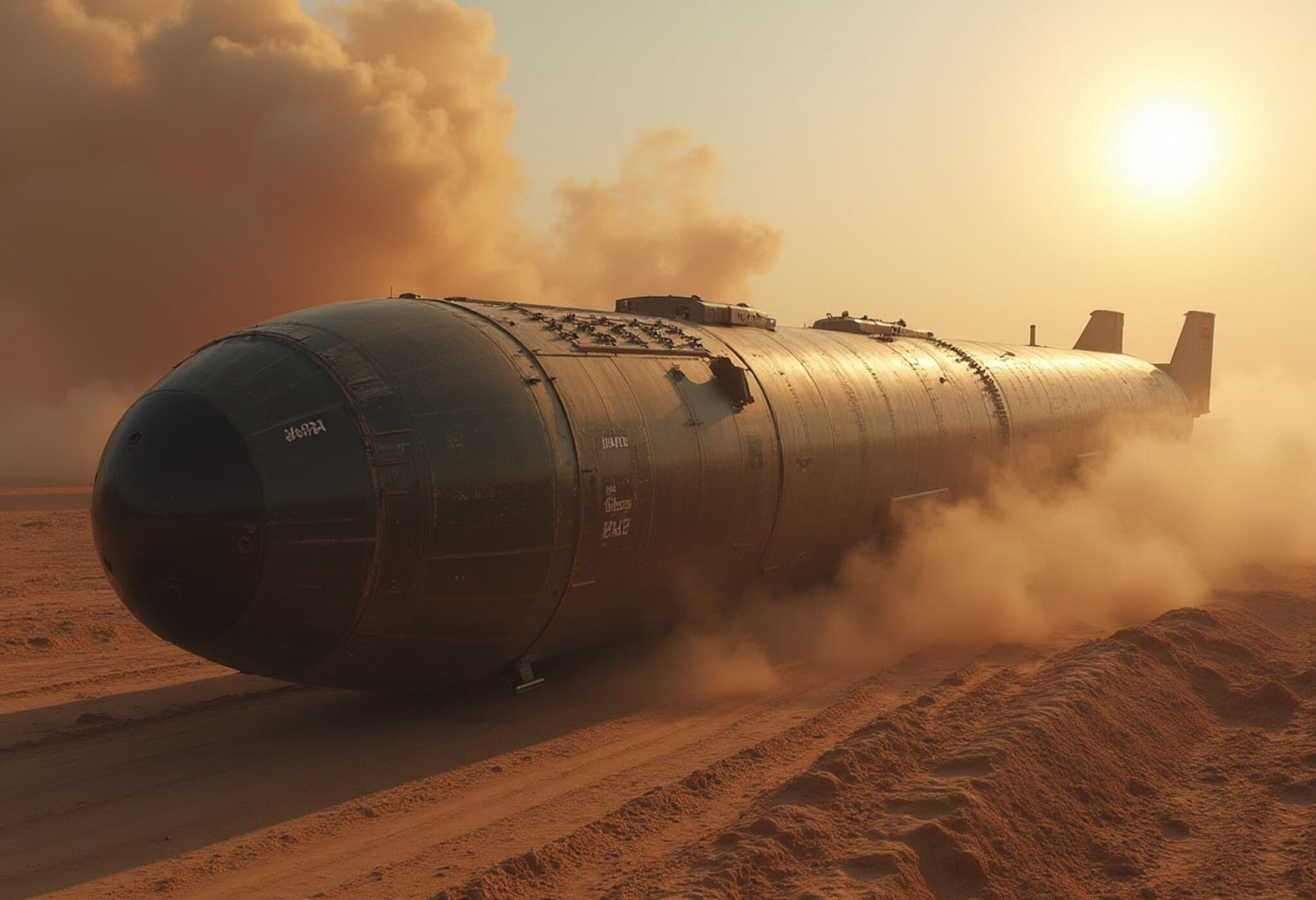Israel Pursues US Massive Ordnance Penetrator to Neutralize Iran’s Nuclear Fortresses
As tensions escalate in the Middle East, Israel is actively seeking access to a formidable US weapon: the Massive Ordnance Penetrator (MOP). This colossal 14,000 kg bomb is designed to annihilate deeply buried and heavily fortified targets, making it a key asset in any attempt to strike Iran's most secure nuclear facilities.
What Makes the MOP So Powerful?
The MOP, officially designated GBU-57A/B, stands as the United States military’s most potent non-nuclear bunker buster. Engineered by Boeing, this bomb’s sheer size and advanced design allow it to penetrate up to 200 feet of reinforced concrete and rock. Encased in a high-strength steel alloy, it carries an explosive payload of nearly 2,400 kg that detonates deep inside underground structures after a carefully timed delay, maximizing internal destruction.
Precision Meets Destruction: How the MOP Operates
Equipped with sophisticated GPS and inertial navigation systems, the MOP is built for pinpoint accuracy. Even under challenging combat conditions, it can strike within a few meters of its intended target. Compared to older bunker busters, it offers unmatched penetration and explosive power, capable of blasting through hardened underground bunkers and fortified nuclear sites.
Deployment: The Aircraft That Deliver the MOP
Currently, only the stealthy B-2 Spirit bomber is capable of carrying and deploying the MOP, with each bomber able to carry two units. The forthcoming B-21 Raider, still under development, is expected to expand the operational reach of this strategic weapon.
Development Journey and Operational Readiness
The MOP’s development began in the early 2000s but initially faced technical and financial setbacks. After revealing the limitations of existing bunker busters during the 2003 Iraq conflict, renewed efforts revitalized the program. A series of rigorous tests, including multiple live detonations at White Sands Missile Range, eventually confirmed the bomb’s effectiveness against deeply buried targets. Since 2011, the MOP has been fully integrated and ready for operational use.
Strategic Implications for Israel
With ongoing military exchanges between Israel and Iran, particularly following Iranian strikes on Israeli soil, the need to penetrate Iran's most fortified nuclear underground facilities has become critical. The unique capability of the MOP presents Israel with a potential game-changer in dismantling Iranian nuclear infrastructure that has so far resisted conventional airstrikes.
However, the MOP remains under exclusive US control. Any deployment by Israeli forces would require American approval and direct involvement, underscoring the sensitive geopolitical stakes surrounding this weapon.
The Road Ahead
As diplomatic and military dynamics unfold, the potential use of the Massive Ordnance Penetrator signals an intensified commitment to addressing nuclear threats through precision and overwhelming force. For Israel, gaining access to such a weapon could notably shift the strategic balance in its ongoing conflict with Iran.

